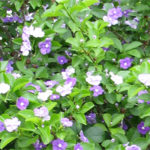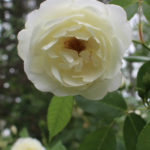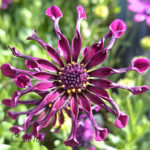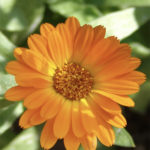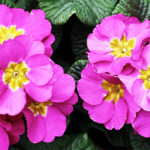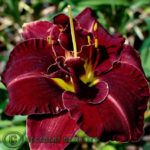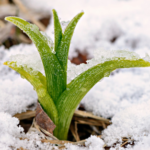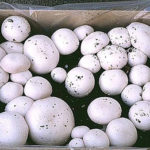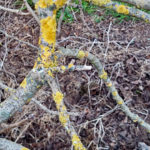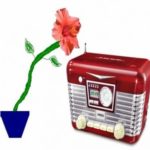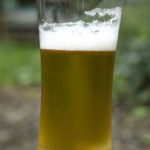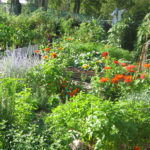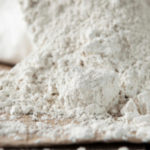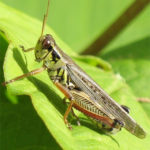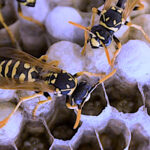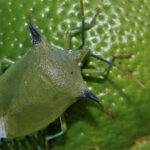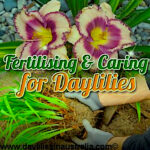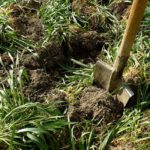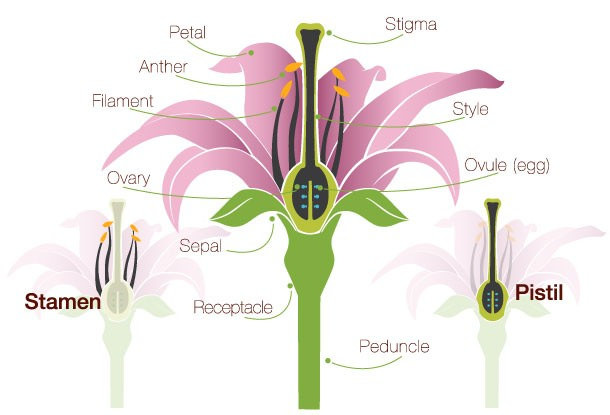
Pollination and Fertilisation in Daylilies
Pollination and Fertilisation in Daylilies Plants Whats the Difference?
Pollination and fertilisation are two important aspects in the life of a daylily plant as it helps in reproduction. Sexual reproduction is common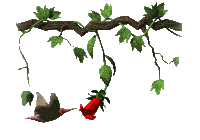 in flowering plants and for sexual reproduction to occur there should be the union of male gamete and the female gamete. When the male gamete or sperm cell unite with a female gamete or egg cell, the combination of genetic material occurs and the zygote is formed. The zygote develops into the seeds which will form the next generation of the plants.
in flowering plants and for sexual reproduction to occur there should be the union of male gamete and the female gamete. When the male gamete or sperm cell unite with a female gamete or egg cell, the combination of genetic material occurs and the zygote is formed. The zygote develops into the seeds which will form the next generation of the plants.
Pollination
In flowering plants, the male gamete or sperm cells are present in the pollen grains and the female gamete or egg cells are present in the ovary of the flower. Pollination is the process of transferring the pollen from the anther or male organ of the flower to the stigma or female organ of the flower. Anthers are present on the stamen of the flower and stigma is present at the tip of the pistil of the flower. The sperm cells that reaches on the stigma travels to the eggs in the ovary through pistil.
Pollination Agents
The transfer of pollen from the anther to stigma is done by vectors or pollination agents. The most common pollination agents are honey bees, butterflies, wasps, moths, birds and wind. Plants which are pollinated by insects will have attractive colour, scent and nectar. The pollen of the plants pollinated by winds is very light and have a large amount of pollen. Once the pollen grains reach the stigma of the flower the pollination process ends.
Types of Pollination

There are two types of pollination in plants –
- Self-Pollination
When the pollen of a flower falls on the stigma of the same flower or other flowers of the same plant it is called self-pollination. Self-pollination is prevented in some plants by producing male and female parts in separate flowers or having separate male and female plants. In some plants, the anther and stigma will ripen at a different period to avoid self-pollination.
- Cross-pollination
When the pollen from a flower falls on the stigma of the flower of another plant of the same species it is called cross-pollination. Nature promotes cross pollination as the plants produced by cross-pollination have genetic diversity and has better survival rates.
Fertilisation
Fertilisation process begins once the pollination is complete. The pollen grain deposited on the stigma by vectors forms a tiny tube called pollen tube and the sperm travels deep into the ovary of the flower through the pollen tube formed inside the pistil. The pollen tube gets connected to the pistil through style. The pollen tube deposits the sperm cell in the ovary containing the egg. The sperm and egg are haploid or have one set of chromosomes. When the sperm cell combines with the egg, the sexual union occurs and the egg gets fertilised or the mixing of genetic material called chromosomes occurs. The fertilised egg will be called a zygote and this will develop into the seed of the plant. The zygote will be diploid or have two sets of chromosomes. Plants having only one seed in the ovary produce single seed and plants with many eggs or ovules produce many seeds.
Now you can clearly see the difference between Pollination and Fertilisation within a Daylily Flower.


